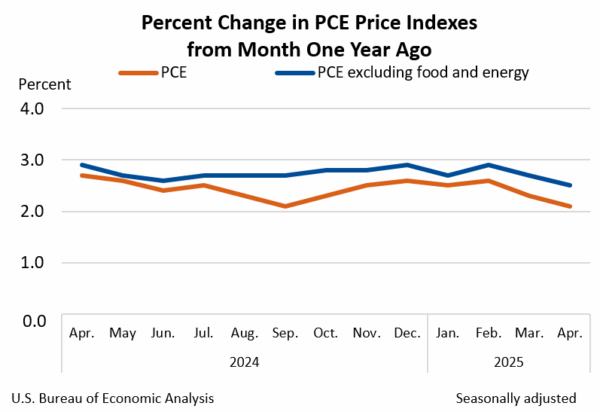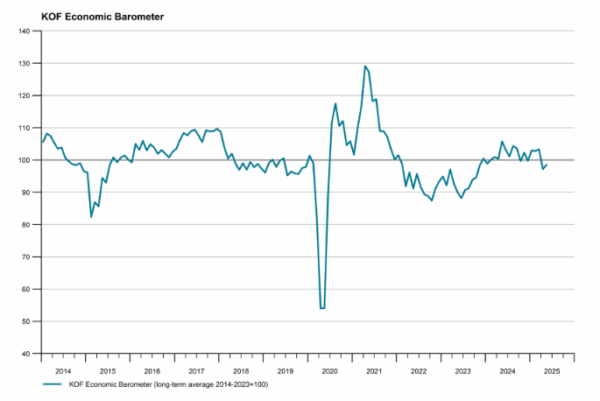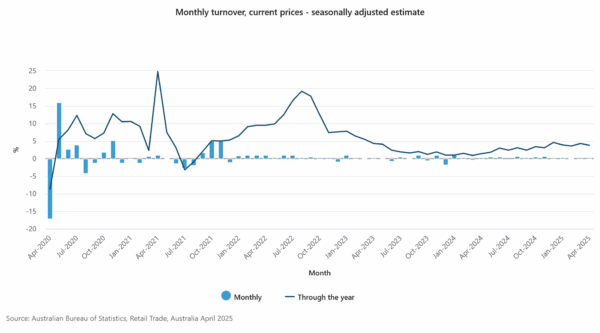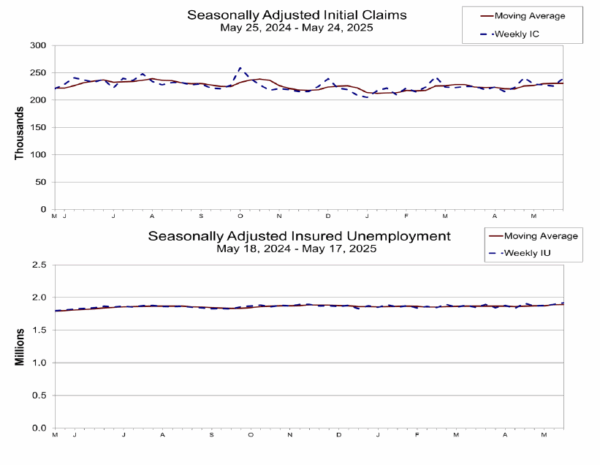The FOMC minutes from the May 6–7 meeting highlighted growing anxiety among policymakers about the dual threat of persistent inflation and deteriorating growth prospects, largely stemming from US trade policies.
Nearly all participants flagged the risk that inflation could be “more persistent than expected” as the economy adjusts to elevated import tariffs. This situation, they warned, could force the Fed into “difficult tradeoffs” if inflation stays stubborn while growth and employment begin to falter.
The Committee agreed that uncertainty surrounding the economic outlook had “increased further”, justifying a cautious stance on monetary policy, “until the net economic effects of the array of changes to government policies become clearer.”
Fed staff revised their GDP projections lower for 2025 and 2026, citing a larger-than-anticipated drag from recent tariff announcements. Beyond the short-term impact, officials also warned of longer-term structural effects, with trade restrictions likely to slow productivity growth and reduce the economy’s potential “over the next few years.”
The labor market outlook has also darkened, with staff forecasting the unemployment rate to rise above its “natural rate” by year-end and remain elevated through 2027.
Inflation forecast was revised higher, with tariffs seen boosting prices notably in 2025, before gradually easing. Inflation is still expected to return to 2% by 2027, but the path there is now more complicated.
Full FOMC minutes here.












Swiss GDP grew 0.5% in Q1, pharma exports surge on tariff frontloading
Switzerland’s GDP expanded by 0.5% qoq in Q1, beating market expectations of 0.4% qoq. When adjusted for the impact of major sporting events, GDP growth came in even stronger at 0.8% qoq. The State Secretariat for Economic Affairs noted that the services sector posted broad-based gains and domestic demand remained firm, contributing to the overall solid performance.
A standout was the chemical and pharmaceutical sector, which surged 7.5% in the quarter, driven by a sharp rise in pharmaceutical exports. This lifted overall manufacturing output by 2.1% and goods exports by 5.0%. Notably, exports to the US jumped significantly, suggesting possible front-loading in anticipation of evolving US trade policy.
Full Swiss GDP release here.